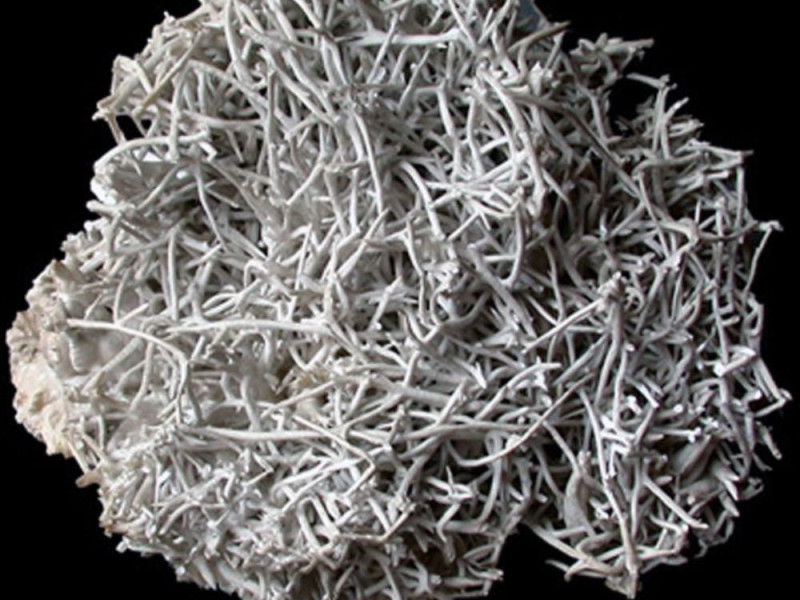Gemma 1786. Museo mineralogico e geologico estense
Like the museum collections of Paleontology, Museum of Geology and Mineralogy originates from the donation (1786) of the Bishop of Modena Giuseppe Maria Fogliani, of its natural history collection at the University. In 1814 the collection is enhanced greatly with the donation of a valuable collection of minerals by Maximilian, brother of Duke Francesco IV of Austria-Este. At this very moment, following the acquisition of new premises on the second floor of the Palazzo of the University, begins the separation of the collected geo-mineralogical those zoological. Besides interesting sections of a regional mineralogy and petrography, the museum has some rare specimens, such as the meteorite fall to Albereto of Modena in 1765 and a collection of unique zeolites (crystalline aluminosilicates, with molecular structure micropores where there is water). Since 2005, in the desire to present itself to the public with a view to greater visibility, the Museum has adopted the name as simple as evocative of "Gemma 1786". After the phase of the beginning, a quantum leap in growth of the museum is records when, in 1840, is in charge of the Teaching of Natural History, Peter Doderlein. Founder and scholar of paleontology and geology from Modena, he not only increases the museum, but it reorganizes completely, enriching the university collections mineralogical, geological and, mainly, paleontological, thanks to research surveys and field investigations in the lands of the United Este. The mineralogical section knows maybe the moment of greatest prosperity in the second half of '800. The reorganization of the material is started in 1877 by Gustavo Uzielli with the drafting of a catalog according to the classification of Dana (1875). During his stay in Modena, Dante pantanelli continues Uzielli's catalog, reaching a total of about 2.800 classify specimens. It dates from 1879 purchase by Charles Boni of a collection consisting of about 3.500 specimens, accompanied by the catalog manuscript. The events of the war of the 40s caused the displacement of the collections and their break-up in relation to the division between Institutes of Paleontology, Mineralogy and Geology. In addition to historical collections, the museum heritage has now been constantly enriched thanks to research carried out both in Italy and abroad by geologists and mineralogists University to study and educational purposes.

